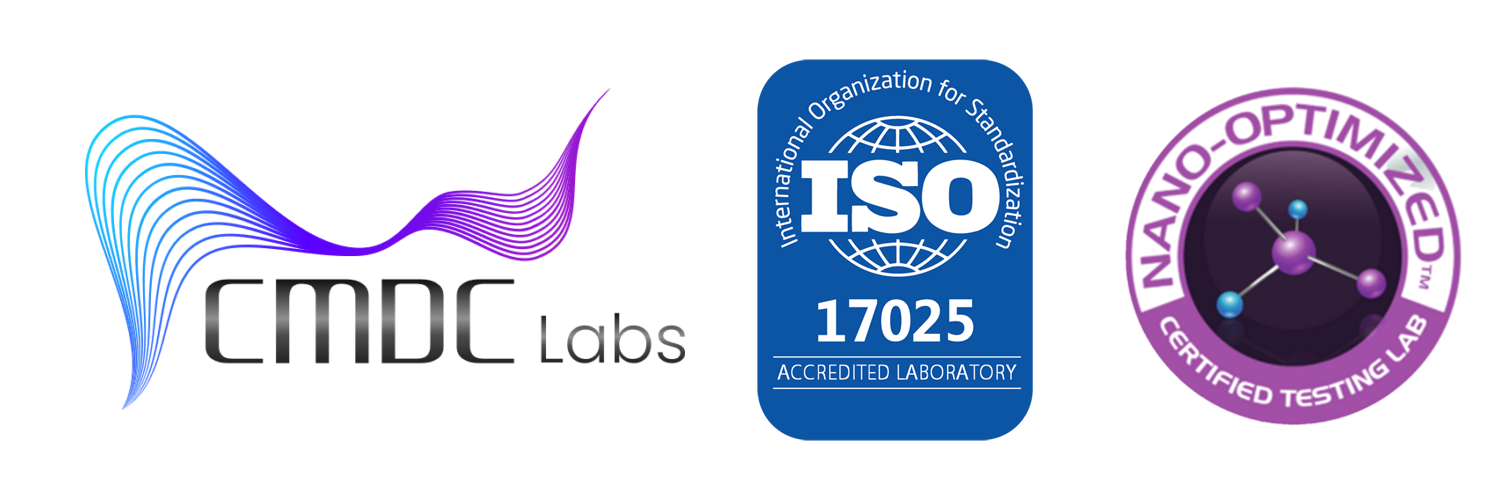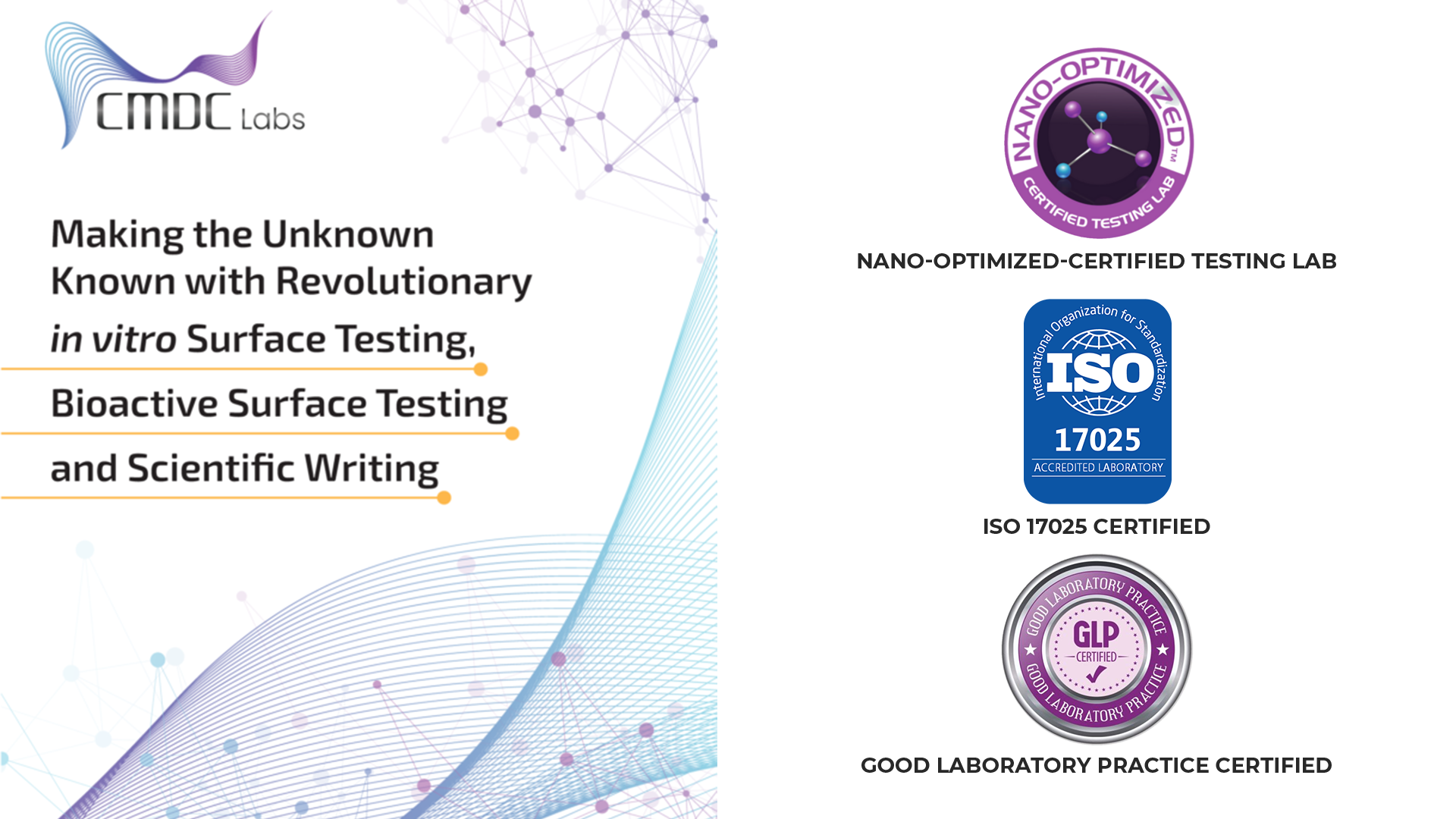In an era where environmental protection and sustainability are at the forefront of industrial practices, companies are under increasing pressure to comply with regulatory standards concerning emissions. These regulations aim to limit the release of harmful substances into the atmosphere, protect human health, and combat climate change. Industrial emissions, which encompass pollutants such as carbon dioxide (CO₂), nitrogen oxides (NOx), sulfur dioxide (SO₂), volatile organic compounds (VOCs), and particulate matter, are a significant source of environmental pollution. As such, companies must ensure that their operations meet stringent emissions standards to avoid penalties, improve air quality, and contribute to the well-being of the planet.
Emissions testing plays a crucial role in this effort, enabling companies to measure the levels of pollutants their operations release into the air and ensuring that they stay within regulatory limits. This testing process is not only critical for compliance but also provides an opportunity for businesses to reduce waste, enhance operational efficiency, and demonstrate their commitment to sustainability. In this article, we will explore the science behind industrial emissions testing, the regulatory frameworks that govern it, and how businesses can leverage testing to meet compliance standards while fostering environmental stewardship.
1. The Importance of Industrial Emissions Testing
Industrial emissions testing involves the measurement and analysis of air pollutants released from industrial sources, such as factories, power plants, refineries, and manufacturing facilities. The testing process is used to assess the concentration of various pollutants and determine whether the levels comply with environmental regulations.
Why Emissions Testing Matters:
A. Protecting Public Health and the Environment
Industrial emissions are one of the largest contributors to air pollution, which has profound impacts on public health. Pollutants such as fine particulate matter (PM2.5), NOx, and VOCs can cause respiratory diseases, cardiovascular problems, and increase the risk of lung cancer. For communities living near industrial plants, the effects of poor air quality can be even more detrimental.
In addition to harming human health, industrial emissions also contribute to environmental degradation. Emissions like CO₂ and methane contribute to the greenhouse effect, exacerbating global warming and climate change. By monitoring emissions and ensuring that they fall within acceptable levels, industries can reduce their environmental impact, safeguard public health, and play an active role in mitigating climate change.
B. Meeting Legal Requirements and Avoiding Penalties
Governments around the world have enacted stringent regulations to limit industrial emissions. For example, the Clean Air Act in the United States, the European Union Emissions Trading Scheme (EU ETS), and various local and international environmental standards require businesses to regularly monitor and report their emissions. Failure to comply with these regulations can result in significant financial penalties, legal consequences, and damage to a company’s reputation.
Emissions testing is an essential tool for ensuring that companies comply with these regulations. By regularly measuring and analyzing emissions, businesses can proactively address any violations, implement corrective actions, and demonstrate their commitment to legal and environmental standards.
C. Enhancing Operational Efficiency and Cost Savings
While emissions testing is necessary for compliance, it also provides valuable insights into the efficiency of industrial processes. By identifying the sources of excess emissions, companies can make informed decisions about improving equipment, processes, and operational practices. In many cases, reducing emissions goes hand-in-hand with improving efficiency, reducing waste, and cutting costs.
For example, optimizing combustion processes in industrial boilers or improving air filtration systems can lower emissions while simultaneously reducing fuel consumption, maintenance costs, and energy use. By using emissions testing data to pinpoint areas for improvement, companies can achieve both regulatory compliance and operational savings.
2. Regulatory Frameworks for Industrial Emissions
Several regulatory frameworks govern industrial emissions, with each country or region adopting specific rules and standards based on environmental goals and public health concerns. Compliance with these regulations is essential for industries, and emissions testing is the primary method for ensuring adherence.
A. U.S. Environmental Protection Agency (EPA) Regulations
In the United States, the Environmental Protection Agency (EPA) is responsible for regulating air emissions from industrial sources. The Clean Air Act (CAA) is the primary law that authorizes the EPA to establish air quality standards and regulate emissions. The CAA sets standards for a wide range of pollutants, including particulate matter (PM), sulfur dioxide (SO₂), nitrogen oxides (NOx), carbon monoxide (CO), and ozone-forming compounds.
Under the CAA, industries are required to monitor and report their emissions regularly. The EPA also sets New Source Performance Standards (NSPS) and National Emission Standards for Hazardous Air Pollutants (NESHAP), which provide specific limits for pollutants emitted by new and existing industrial facilities.
B. European Union Emissions Trading System (EU ETS)
The European Union Emissions Trading System (EU ETS) is one of the largest and most well-established carbon markets in the world. It sets a cap on the total amount of CO₂ emissions from participating companies and allows them to trade emission allowances to meet their targets. The EU ETS applies to power plants, industrial facilities, and airlines, with the goal of reducing overall emissions and incentivizing companies to invest in cleaner technologies.
Through the EU ETS, companies are required to measure and report their CO₂ emissions. Regular emissions testing is necessary to determine the amount of emissions they are generating, ensuring that they remain within their allocated allowance and avoid penalties for exceeding their limits.
C. International Standards and Local Regulations
In addition to the EPA and EU regulations, many countries have their own national and regional standards for emissions testing. For example, the International Organization for Standardization (ISO) provides global standards for emissions testing and reporting, such as ISO 14001 (Environmental Management Systems) and ISO 9001 (Quality Management Systems). These standards help companies ensure that their emissions testing practices meet international expectations and align with best practices for environmental stewardship.
Local regulations often address specific pollutants or concerns based on regional environmental priorities. For example, air quality standards in urban areas with high pollution levels may be stricter than those in rural regions. Companies must remain informed about local regulations to ensure they meet all applicable requirements.
3. Methods of Industrial Emissions Testing
There are several methods used in industrial emissions testing, each tailored to specific types of pollutants and industrial processes. The selection of testing methods depends on the type of emissions, the source of pollutants, and the regulatory requirements.
A. Continuous Emissions Monitoring Systems (CEMS)
Continuous Emissions Monitoring Systems (CEMS) are widely used in industrial facilities to provide real-time data on emissions. These systems measure the concentration of specific pollutants, such as CO₂, NOx, and SO₂, and provide continuous monitoring of emissions levels.
- How it Works: CEMS typically include sensors that detect gas concentrations in exhaust streams, along with data logging systems that record and transmit the data to regulatory bodies and company personnel. CEMS are often installed at the stack or exhaust outlet of industrial processes to monitor emissions as they are released into the atmosphere.
- Benefits: CEMS provides real-time monitoring and immediate feedback on emissions, allowing companies to identify issues and take corrective actions before they breach regulatory limits. They also help ensure that companies maintain compliance with air quality standards.
B. Grab Sampling and Laboratory Analysis
In addition to continuous monitoring, grab sampling is another common method for emissions testing. In this approach, air samples are taken at regular intervals and sent to a laboratory for detailed analysis. Grab sampling is typically used for testing pollutants that require more precise measurement or when continuous monitoring is not feasible.
- How it Works: A sample is collected from an exhaust stream using specialized equipment, such as gas sampling bags or canisters. The sample is then analyzed in a laboratory for various pollutants, such as particulate matter, heavy metals, and VOCs.
- Benefits: Grab sampling provides a snapshot of emissions levels at specific points in time, making it useful for periodic compliance checks. It also allows for the detection of pollutants that may not be consistently present or detectable through continuous monitoring.
C. Emissions Testing for Greenhouse Gases (GHG)
Given the growing concerns about climate change, emissions testing for greenhouse gases (GHGs) has become increasingly important. Companies are required to measure and report their emissions of CO₂, methane, and other GHGs in many jurisdictions.
- How it Works: GHG emissions are typically measured using both direct measurement methods (such as CEMS) and indirect methods (such as estimation based on fuel consumption). Testing may also involve calculating the carbon footprint of a company’s operations and offset programs to reduce GHG emissions.
- Benefits: Accurate GHG emissions testing helps companies comply with international agreements, such as the Paris Agreement, and demonstrates their commitment to sustainability and environmental responsibility.
4. Challenges in Industrial Emissions Testing
Despite the advances in testing technologies, industrial emissions testing presents several challenges that companies must overcome to meet regulatory compliance.
A. Variability in Emissions
Emissions levels can vary significantly depending on operational conditions, such as equipment performance, fuel quality, temperature, and production schedules. This variability can make it difficult to get consistent and accurate readings, requiring advanced monitoring systems and periodic adjustments to testing methods.
B. Compliance with Multiple Regulations
Many industrial facilities operate under multiple regulatory frameworks, each with its own set of emissions standards and reporting requirements. Companies must ensure they comply with local, national, and international regulations, which can sometimes differ in terms of acceptable pollutant levels, testing methods, and reporting protocols.
C. High Costs of Testing and Equipment
The cost of emissions testing and monitoring equipment can be significant, particularly for small and medium-sized businesses. Continuous monitoring systems, lab analysis, and compliance audits can represent a substantial financial burden, especially when factoring in maintenance and regulatory reporting fees.
5. Conclusion
Industrial emissions testing is a vital component of regulatory compliance, ensuring that companies meet environmental standards, protect public health, and contribute to sustainability. By employing advanced testing methods such as Continuous Emissions Monitoring Systems, grab sampling, and greenhouse gas testing, businesses can accurately measure and control the pollutants they release into the atmosphere.
While challenges such as variability in emissions, compliance with multiple regulations, and the high costs of testing equipment exist, the benefits of emissions testing far outweigh the risks of non-compliance. Companies that proactively monitor and manage their emissions not only reduce their environmental impact but also improve operational efficiency, mitigate legal risks, and foster trust with consumers and regulators alike.
As the world moves towards stricter environmental regulations and a greater focus on climate change, industrial emissions testing will continue to play a key role in shaping the future of industry, policy, and sustainability.

